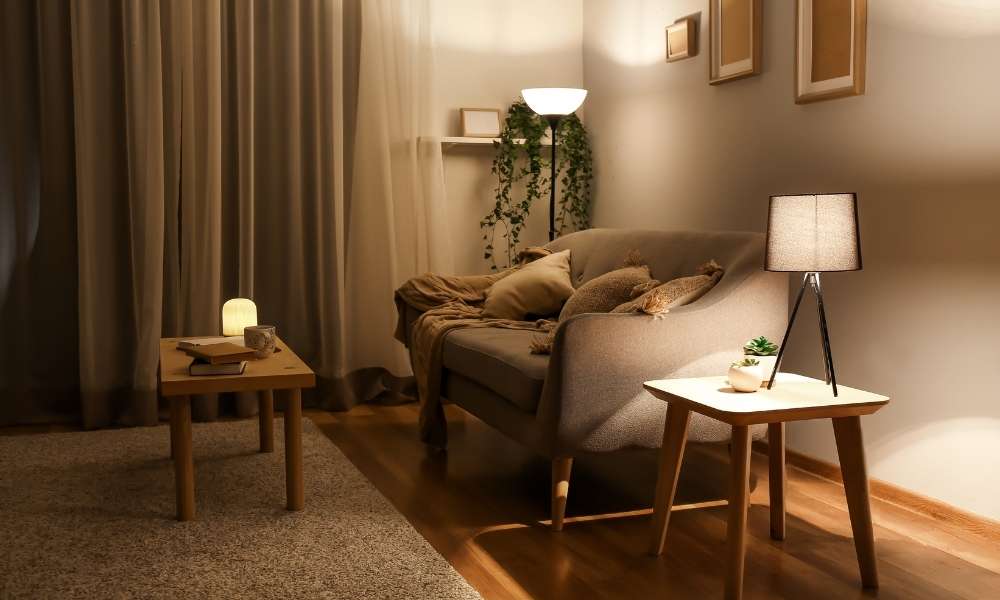Discover the transformative art of dyeing a jute rug effortlessly with our comprehensive guide. Whether you’re seeking to revitalize an old piece or customize a new one to perfectly complement your decor, mastering the technique to dye a jute rug offers endless possibilities. This simple yet impactful process not only breathes new life into your rug but also allows for unparalleled personalization, enabling you to achieve the exact hue and shade that aligns with your vision. Dive into our step-by-step instructions and unleash your creativity as we unveil the secrets to successfully dyeing a jute rug, empowering you to elevate your home decor with confidence and style.
What Type Of Dye Should I Use To Dye A Jute Rug?
Before dyeing your jute rug, make sure to thoroughly clean and prepare the rug by removing any dirt or residue. Follow the instructions provided with the dye carefully to achieve the desired color intensity and even coverage. Additionally, consider using a fixative or mordant to help set the dye and enhance its longevity on the jute fibers.
Can I Dye A Jute Rug At Home?
Yes, you can dye a jute rug at home, but it may not be as straightforward as dyeing other types of fabric. Jute is a natural fiber that is known for its durability and absorbency, which can make the dyeing process more challenging. Before attempting to dye your jute rug, it is important to thoroughly clean and prepare the rug by removing any dirt or debris.
Characteristics Of Jute Fibers
Jute fibers, known for their durability and natural appeal, serve as the foundation for many rugs due to their eco-friendly properties and robustness. Understanding the characteristics of jute fibers is essential before embarking on the dyeing process. Jute fibers possess high tensile strength, making them ideal for withstanding the dyeing process without compromising their integrity. Additionally, their absorbent nature ensures that the dye adheres effectively, resulting in vibrant and long-lasting coloration. By recognizing these inherent qualities, you can proceed with confidence, knowing that your jute rug is primed for the dyeing transformation.
Cleaning The Rug Thoroughly
Properly cleaning the jute rug before dyeing is essential to ensure optimal results. Start by vacuuming the rug thoroughly to remove any surface dirt, dust, or debris. Next, spot clean any stains using a gentle detergent and warm water solution, taking care not to saturate the fibers. Allow the rug to dry completely before proceeding to the dyeing process. Cleaning the rug beforehand not only ensures that the dye adheres evenly to the fibers but also helps eliminate any barriers that may impede the absorption of the dye, resulting in a flawless finish.
Preparing The Dye Solution
With a clean and dry jute rug at hand, it’s time to prepare the dye solution for application. Depending on your preference and the desired outcome, you can opt for either synthetic or natural dyes, both of which yield stunning results on jute fibers. Follow the manufacturer’s instructions to mix the dye solution, ensuring the appropriate ratio of dye to water for optimal color intensity. Additionally, consider adding a fixative or mordant to the dye mixture to enhance color fastness and prevent fading over time. Stir the dye solution thoroughly to ensure uniform dispersion of color particles, then transfer it to a large container or bucket suitable for immersion dyeing. Take care to wear gloves and protective clothing during the dye preparation process to avoid skin contact and staining.
Testing The Dye
Use a clean sponge or brush to apply a small amount of the dye solution to the test area, taking note of how the color appears once dry. This test will allow you to make any necessary adjustments to the dye concentration or application technique before proceeding with the full dyeing process. Additionally, it provides an opportunity to preview the final color result and ensure that it aligns with your vision for the jute rug. By conducting a thorough dye test, you can avoid potential mistakes or surprises and achieve the desired outcome with confidence.
Ensuring Even Coverage
Achieving uniform color distribution is paramount when dyeing a jute rug to attain professional-looking results. Begin by thoroughly cleaning the rug to remove any dirt or debris that could hinder the dye’s absorption. Once the rug is clean and dry, prepare the dye solution according to the manufacturer’s instructions, ensuring it is properly diluted for the desired shade. To promote even coverage, apply the dye using a large sponge or brush in long, overlapping strokes, working systematically across the entire surface of the rug. Take care to saturate the jute fibers evenly, avoiding excessive pooling or streaking that could lead to patchy results. Regularly inspect the rug as you work to identify any areas requiring additional dye, ensuring consistent color intensity throughout. By meticulously applying the dye with precision and attention to detail, you can achieve flawless, uniform coverage that enhances the beauty of your jute rug.
Handling Dyes Safely
Handling dyes safely is crucial when working with modern bedroom rug ideas to avoid potential health hazards. Whether using natural or synthetic dyes, it is essential to take proper precautions such as wearing protective gloves and masks to prevent skin irritation and inhalation of harmful fumes. Ensuring adequate ventilation in the workspace is also important, as dyeing processes can release toxic gases that may be harmful when inhaled.
Addressing Color Bleeding Problems
Color bleeding can be a common issue when dyeing a jute rug, resulting in unwanted bleeding of dye onto surrounding surfaces or fading of the rug over time. To prevent or minimize color bleeding, it’s essential to choose high-quality, colorfast dyes specifically formulated for use on natural fibers like jute. Before dyeing the entire rug, conduct a spot test in an inconspicuous area to assess the dye’s compatibility and potential for bleeding. If bleeding occurs, consider pre-treating the rug with a color fixative or using a vinegar solution to help set the dye and reduce bleeding. Additionally, avoid excessive moisture during the dyeing process and allow the rug to thoroughly dry between dye applications to help seal in the color and prevent bleeding. By proactively addressing color bleeding problems, you can preserve the integrity of your jute rug’s color and enhance its longevity.
Creating Texture Effects Using Dye
Dyeing a jute rug offers endless opportunities for creativity and customization, including the ability to create unique texture effects using different dyeing techniques. Experiment with various application methods such as dip-dyeing, tie-dyeing, or stenciling to achieve captivating texture patterns and designs on your rug. For a subtle ombre effect, gradually dilute the dye solution as you work from one end of the rug to the other, blending colors seamlessly for a soft gradient transition. Alternatively, use resist techniques like wax or tape to create bold geometric shapes or intricate patterns on the rug surface. By exploring different dyeing techniques and embracing your artistic instincts, you can transform your jute rug into a stunning focal point that reflects your personal style and creativity.
Removing Stencils Clean Without Smudging
Incorporating stenciled designs into your jute rug can add a personalized touch and elevate its visual appeal. However, removing stencils cleanly without smudging requires precision and attention to detail. After applying the dye and allowing it to dry completely, gently peel away the stencil from the surface of the rug, taking care not to disturb the surrounding areas. If any residual dye or adhesive remains, lightly dab the affected area with a clean, damp cloth or sponge to lift the excess without smudging or spreading. For stubborn stains or smudges, consider using a mild detergent or specialized stain remover formulated for use on jute fibers. With patience and gentle handling, you can achieve crisp, clean stencil designs that enhance the overall aesthetic of your dyed jute rug.
Blending Patched Areas Seamlessly
Begin by carefully inspecting the patched areas to assess their texture and color compared to the rest of the rug. If necessary, lightly sand or trim any rough edges to create a smooth transition between the patched section and the surrounding jute fibers. Next, select a dye that closely matches the color of the existing rug, mixing it to achieve the desired shade and intensity. Apply the dye to the patched areas using a small brush or sponge, gradually building up layers until the color blends seamlessly with the surrounding rug. Take care to feather the edges of the dye to create a natural transition, avoiding harsh lines or demarcations. With careful attention to detail and skillful blending techniques, you can seamlessly integrate patched areas into your dyed jute rug, preserving its overall aesthetic appeal.
The Final Thought
Dyeing a jute rug can be a creative and rewarding project that adds a personal touch to your home decor. By following the step-by-step instructions provided in this article, you can achieve beautiful and vibrant results that showcase your unique style. Remember to take proper precautions when working with dyes and protect your work area to avoid any potential messes or accidents. With patience and attention to detail, you can transform an ordinary jute rug into a stunning centerpiece for any room in your home. So why wait? Start dyeing your jute rug today and enjoy the satisfaction of creating a one-of-a-kind piece that reflects your creativity and taste.





